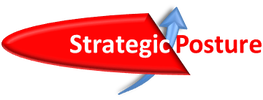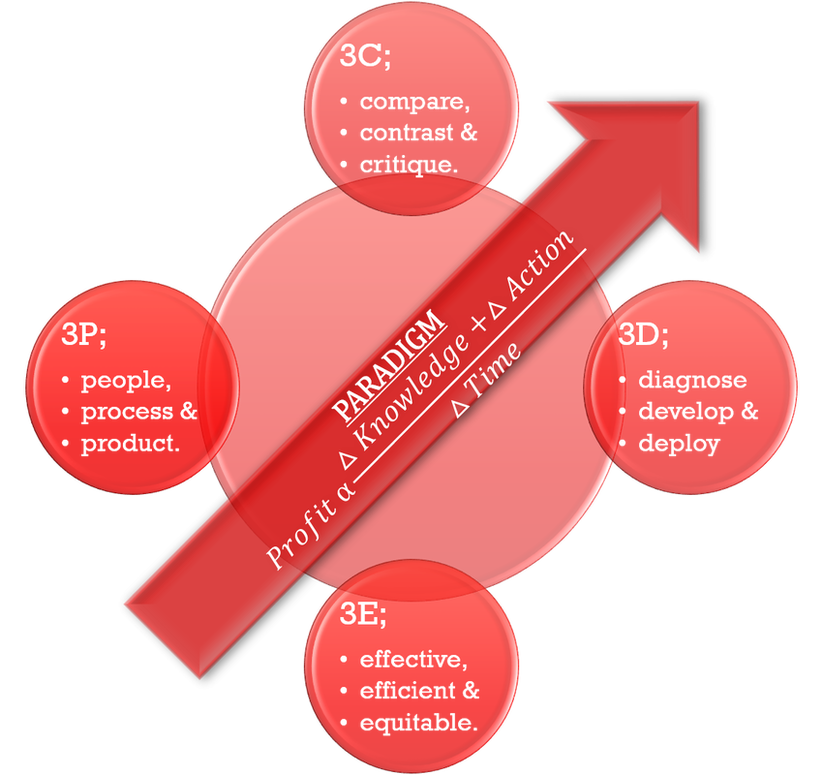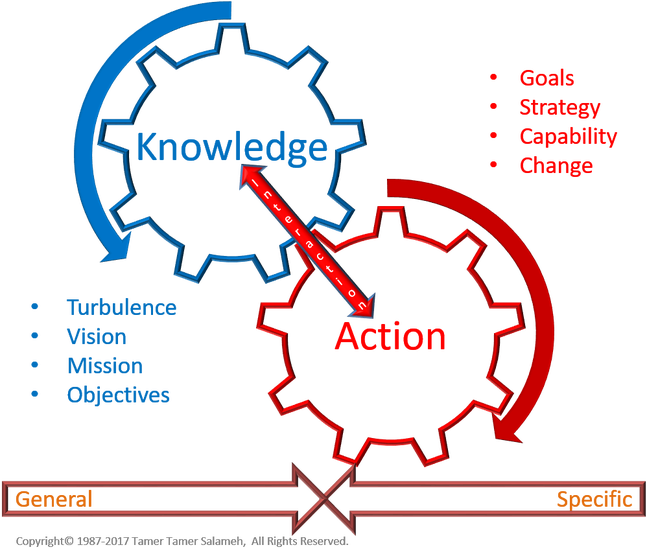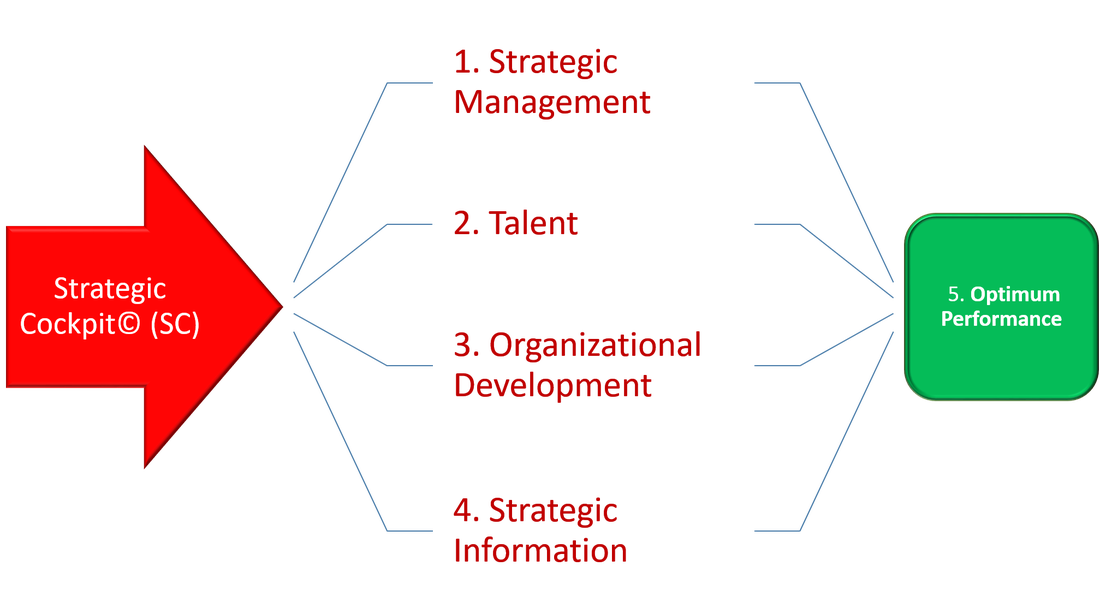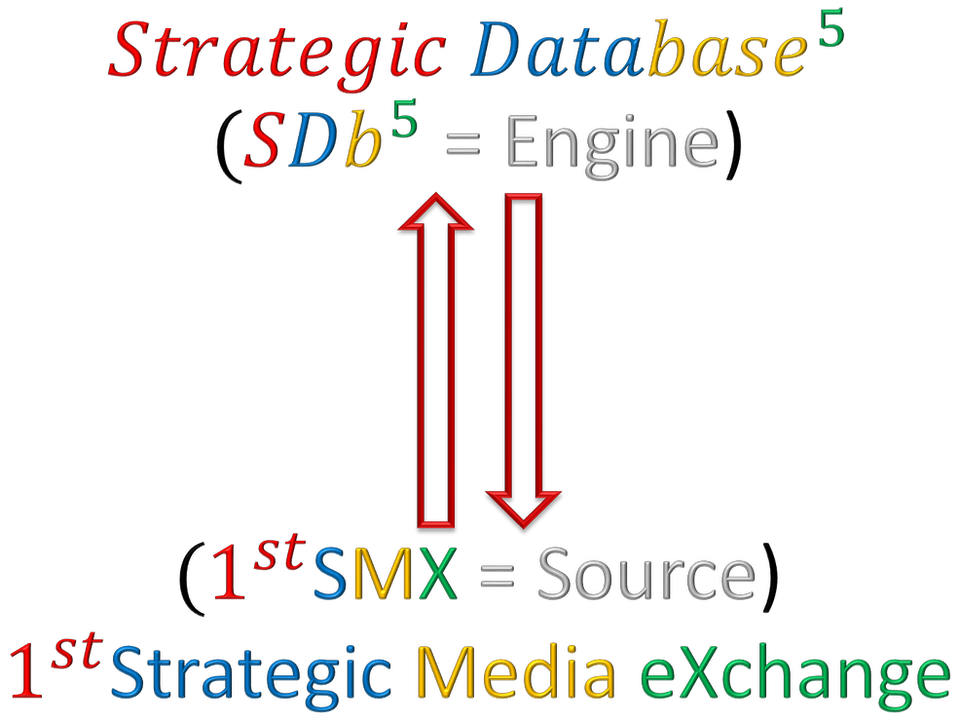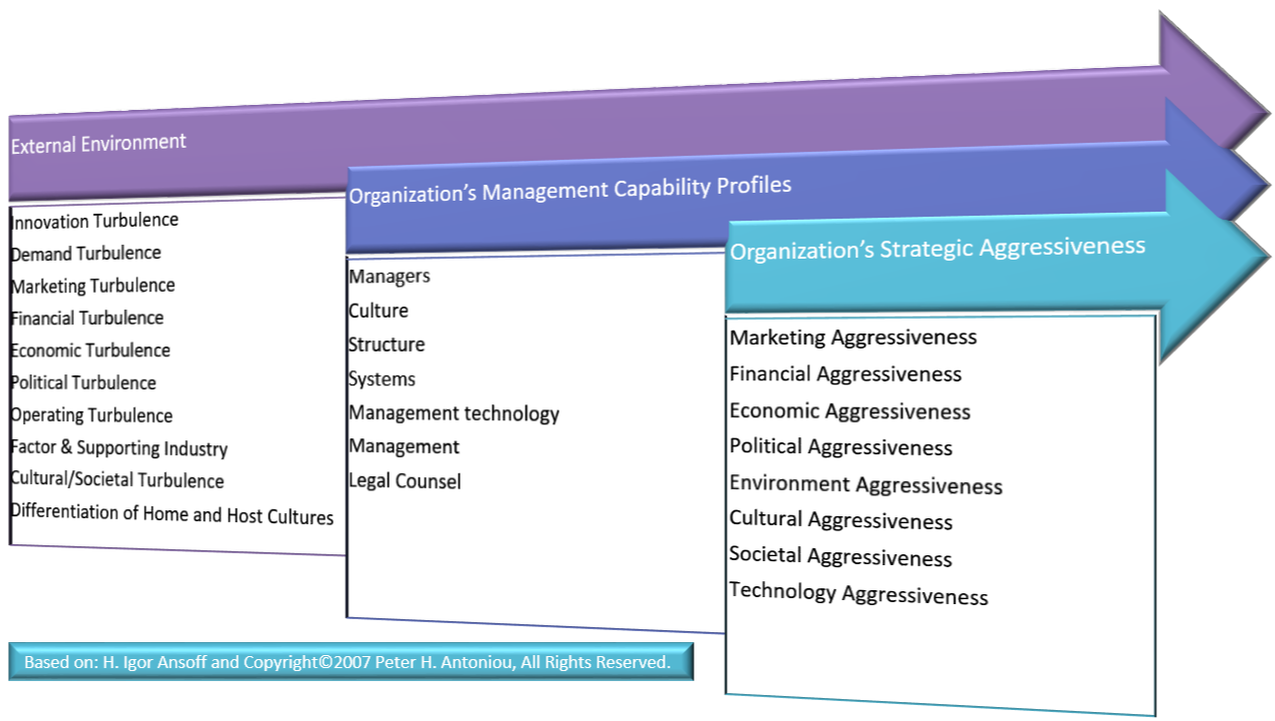Snapshot of the practical paradigms and principles we help you apply to balance, integrate and differentiate operational and strategic behaviors.
General Overview and Specific Strategic Objectives
(Descriptive and Partially Prescriptive)
GENERAL OVERVIEW AND SPECIFIC STRATEGIC OBJECTIVES
(DESCRIPTIVE AND PARTIALLY PRESCRIPTIVE)
(DESCRIPTIVE AND PARTIALLY PRESCRIPTIVE)
KNOWLEDGE
Turbulence: perception (in your future for sure)
Vision: specifies desire
Mission: actionable intent to achieve vision
Strategic Objectives: to aim for efficient, effective and equitable (3E) performance:
Vision: specifies desire
Mission: actionable intent to achieve vision
Strategic Objectives: to aim for efficient, effective and equitable (3E) performance:
- STRATEGIC OBJECTIVES (A-H)
- Acceleration in Innovation
- Action in Leadership
- Aggressiveness in Strategy
- Agility in Talent
- Algorithms in Problem Solving
- Always in Learning
- Analytics in Big Data
- Antifragility in Uncertainty
- Balance in Critical Mass
- Broad in Experience
- Competence in Talent
- Competitiveness in Position
- Creativity in How To
- Digital in Marketing
- Desire in Motivation
- Disruption in Turbulence
- EQ in Relationships
- Empowerment in Entrepreneurship
- Excellence in Performance
- Flexibility in Structure
- Gravitas in Presence
- Humble in Expertise
- Strategic objectives (I-Z)
- Image in Corporate
- IQ in Thought
- Logic in Process
- Loyalty in Customers
- Match in Alignment
- Openness in Capability
- Patience in Training
- Precision in Differentiation
- Profit in Transaction
- Quality in Production
- Question in Knowledge
- Repetitiveness In Success
- Resilience in Change
- Responsibility in Society
- Self-Efficacy in Ability
- Strategic in Approach
- Sustainability in Future
- Symbiotic in Integration
- Synergy in Components
- To Scale in Funding
- Trust in You
- You in figure the rest!
ACTION
Goals: yardsticks to measure objectives
Strategy: to respond to turbulence for achieving objectives
Capability: to support strategy
Change: to manage transformation process
Strategy: to respond to turbulence for achieving objectives
Capability: to support strategy
Change: to manage transformation process
Theory and References
Note: The previous is a partial and pure list of strategic objectives, hence considerations for relationships and domain of applicability such as; order, hierarchy, cause-effect, dependencies, multi-variants, trends, strength, weaknesses, opportunities and threats are implicit rather than explicit.
Theory & References: Based on H. Igor Ansoff, Father of Strategic Mangement (1965 & 1979) and main references from; Cohen, March, Olsen (1972), Mintzberg (1990 & 2013), Ackoff (1977), Cyert & March (1963), Chandler (1962), Lindblom (1959), Peters & Waterman (1982), Quinn (1980), Porter (1980) Kotler (1977) Drucker (1975), Dichter (1970), Steiner (1966) Ansoff & McDonnell (1990), Hamel & Prahalad (1994), Goleman (1995), Ansoff, Declerk & Hays (1974), Simon & March (1958), Taleb (2001, 2010 & 2012), Bandura (1997), Kotler (2010), Hamel (2010), Pfeffer (2011), Turban (2014), Christensen (2016) & Kotter (2017).
Practice: 40+ years of Engagements and Feedback.
Research: Empirical findings from 2,100+ companies spanning over 30 years.
Practice: 40+ years of Engagements and Feedback.
Research: Empirical findings from 2,100+ companies spanning over 30 years.
I know I have not missed anyone I know, yet I might have missed other sources; hopefully it will be corrected during the next round.
On behalf of our team,
Tamer Tamer Salameh
On behalf of our team,
Tamer Tamer Salameh
Action Time
A General Fundamental Question
It doesn't matter much where your company sits in its industry ecosystem, nor how vertically or horizontally integrated it is - what matters is its relative 'share of customer value' in the final product or solution, and its cost of producing that value.
Gary Hamel
A Specific Fundamental Question
Social media marketing is the foundation of the new marketing.
Philip Kotler
|
How to efficiently, effectively and equitably (3E) source and apply strategic information to scale for exceptional future performance in the digital age of the internet of things (people), agility, fragility, resilience, innovation, disruption, big data, analytics, self service, ecosystems, machine learning, “unknown unknowns” and generally anticipated future turbulence?
|
Another Fundamental Question
Innovation is the central issue in economic prosperity.
Michael Porter
How to differentiate
between
entrepreneurs,
intrapreneurs
&
innerpreneurs?
between
entrepreneurs,
intrapreneurs
&
innerpreneurs?
